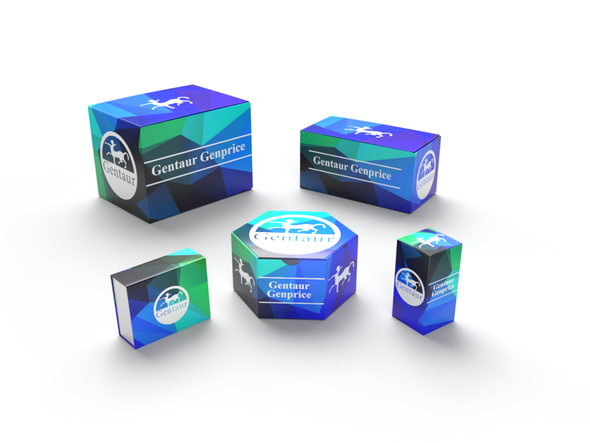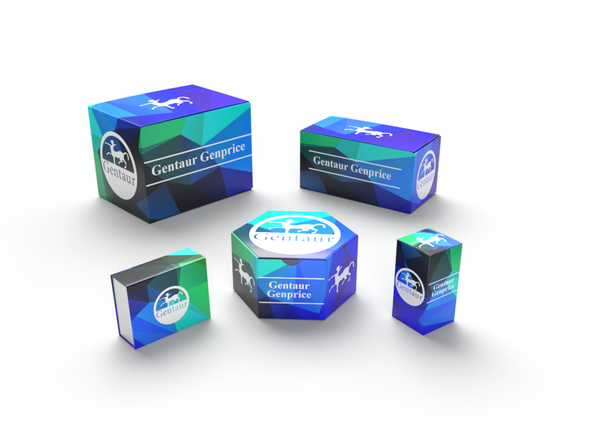Description
TAB1 Antibody | 3387 | Gentaur UK, US & Europe Distribution
Host: Rabbit
Reactivity: Human, Mouse
Homology: N/A
Immunogen: TAB1 antibody was raised against a synthetic peptide corresponding to 13 amino acids in the center of human TAB1.
The immunogen is located within amino acids 220 - 270 of TAB1.
Research Area: Innate Immunity
Tested Application: E, WB, ICC, IF
Application: TAB1 antibody can be used for the detection of TAB1 by Western blot at 0.5 to 2 μg/mL. Antibody can also be used for immunocytochemistry starting at 1 μg/mL. For immunofluorescence start at 2 μg/mL.
Antibody validated: Western Blot in mouse samples; Immunocytochemistry in human samples and Immunofluorescence in mouse samples. All other applications and species not yet tested.
Specificiy: N/A
Positive Control 1: Cat. No. 1212 - 3T3 Cell Lysate
Positive Control 2: Cat. No. 1204 - K562 Cell Lysate
Positive Control 3: Cat. No. 17-004 - K-562 Cell Slide
Positive Control 4: Cat. No. 17-201 - 3T3/BALB Cell Slide
Positive Control 5: N/A
Positive Control 6: N/A
Molecular Weight: N/A
Validation: N/A
Isoform: N/A
Purification: TAB1 Antibody is affinity chromatography purified via peptide column.
Clonality: Polyclonal
Clone: N/A
Isotype: IgG
Conjugate: Unconjugated
Physical State: Liquid
Buffer: TAB1 Antibody is supplied in PBS containing 0.02% sodium azide.
Concentration: 1 mg/mL
Storage Condition: TAB1 antibody can be stored at 4˚C for three months and -20˚C, stable for up to one year. As with all antibodies care should be taken to avoid repeated freeze thaw cycles. Antibodies should not be exposed to prolonged high temperatures.
Alternate Name: TAB1 Antibody: 3'-Tab1, MAP3K7IP1, TGF-beta-activated kinase 1 and MAP3K7-binding protein 1, Mitogen-activated protein kinase kinase kinase 7-interacting protein 1, TAK1-binding protein 1
User Note: Optimal dilutions for each application to be determined by the researcher.
BACKGROUND: TAB1 Antibody: TAB1 was identified as a regulator of the MAP kinase kinase kinase TAK1/MAP3K7, which is known to mediate various intracellular signaling pathways, such as those induced by TGF-beta and members of the Toll-IL-1R (TIR) superfamily, thus acting as an intermediate in both proliferative and innate and adaptive immune responses. This protein, together with either TAB2 or TAB3, activates TAK1 kinase in response to upstream signals. It has been shown that the C-terminal portion of TAB1 is sufficient for binding and activation of TAK1, while a portion of the N-terminus acts as a dominant-negative inhibitor of TGF-beta, demonstrating how this protein can function as a mediator between TGF-beta receptors and TAK1.










